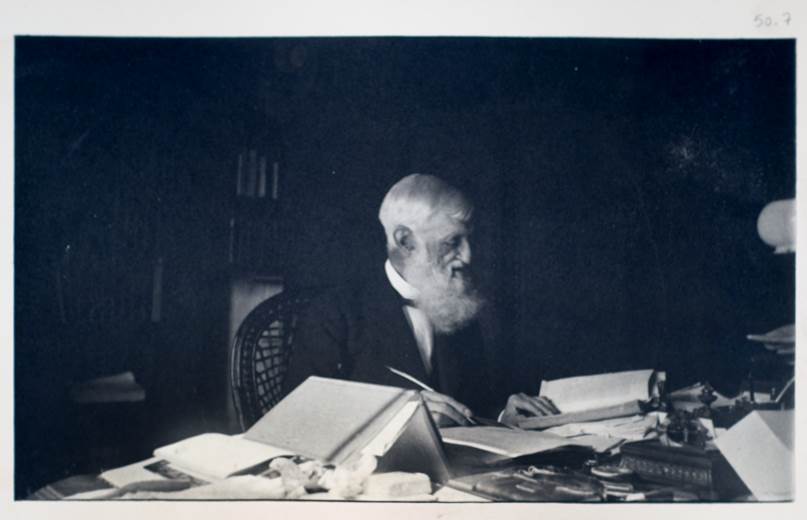By Dan Hinchen
Reminder: The Society is CLOSED on Monday, 30 May, in observance of Memorial Day.
As we slide into the summer months here at the MHS, our programming slows down just a little bit compared to the past few weeks. But don’t let yourself think that there is nothing going on! Here is what we have on tap for our holiday-shortened week:
– Wednesday, 1 June, 12:00PM : The first Brown Bag talk of the month features Kevin Waite of the University of Pennsylvania. His project tracks proslavery activity in California and Southerners’ attempts to capture the Pacific trade, highlighting the centrality of the Far West in the nation’s road to disunion. His talk, titled “The Slave South in the Far West: California, the Pacific, and Proslavery Visions of Empire, 1800-1865,” is open to the public free of charge. Pack a lunch and check it out!
– Thursday, 2 June, 6:00PM : Join us for “The Road to Concord and Stamp Act Stamp Unveiling.” This combined author talk/public program features author and MHS Fellow J.L. Bell, proprietor of Boston1775.net, sharing highlights from his recent book The Road to Concord: How Four Stolen Cannon Ignited the Revolutionary War, and how the Society’s collections provided vital clues to this untold story. As a special treat, the U.S. Postal Service will join us for the Massachusetts unveiling of a new stamp commemorating the 250th anniversary of the end of the Stamp Act crisis, the first act of the American Revolution. This talk is free and open to the public but registration is required. A pre-talk reception begins at 5:30PM.
– Friday, 3 June, 12:00PM : The second Brown Bag talk this week is “‘A Just and Honest Valuation’: Money and Value in Colonial American, 1690-1750.” Come in and listen to Katie Moore, Boston University, whose project argues that colonists mediated economic change within existing moral and social frameworks by re-imagining the origins and nature of value as extrinsic, a conceptual shift reflected in their use of paper money. This talk is free and open to the public. Won’t you join us?
Note: The Library closes early on Friday, 3 June, at 3:00PM.



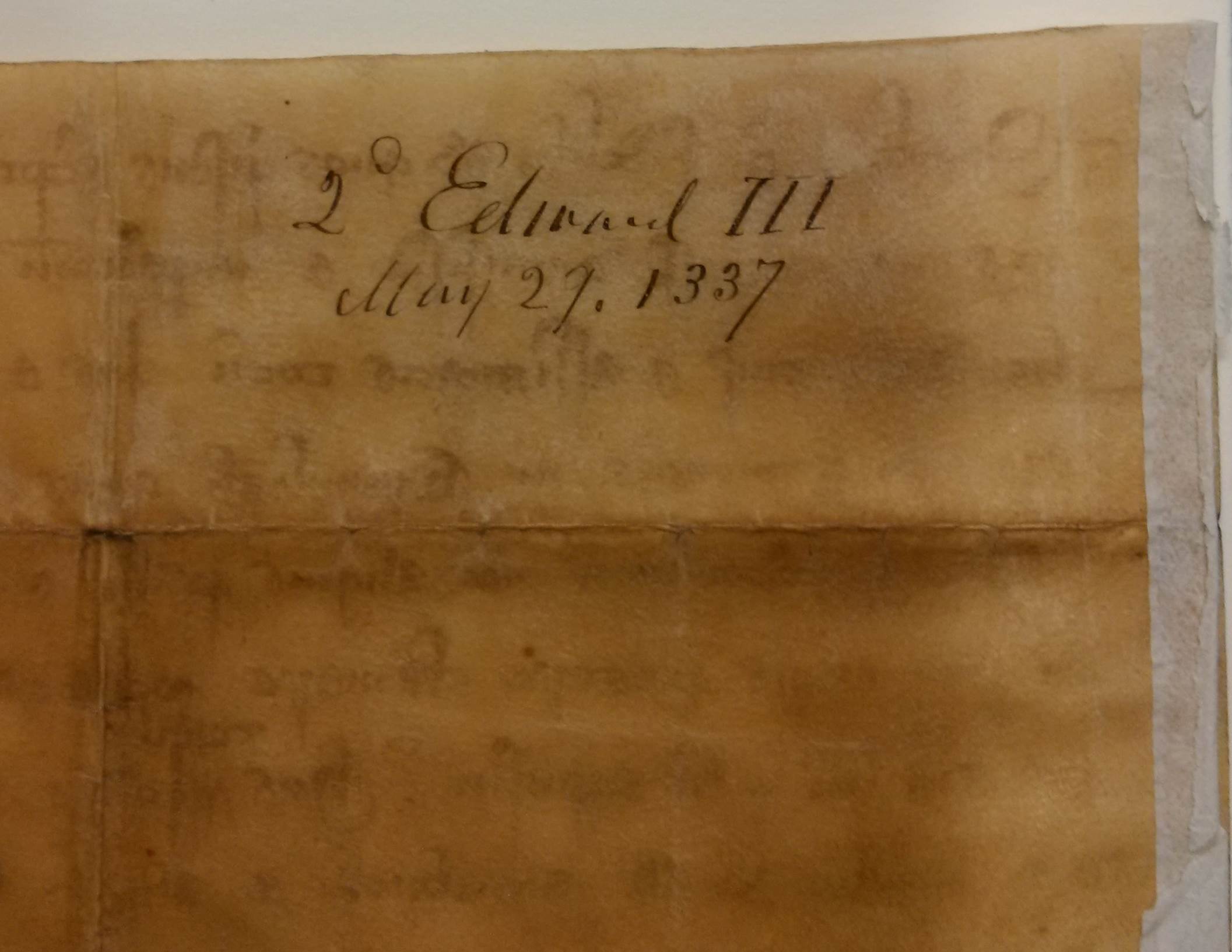

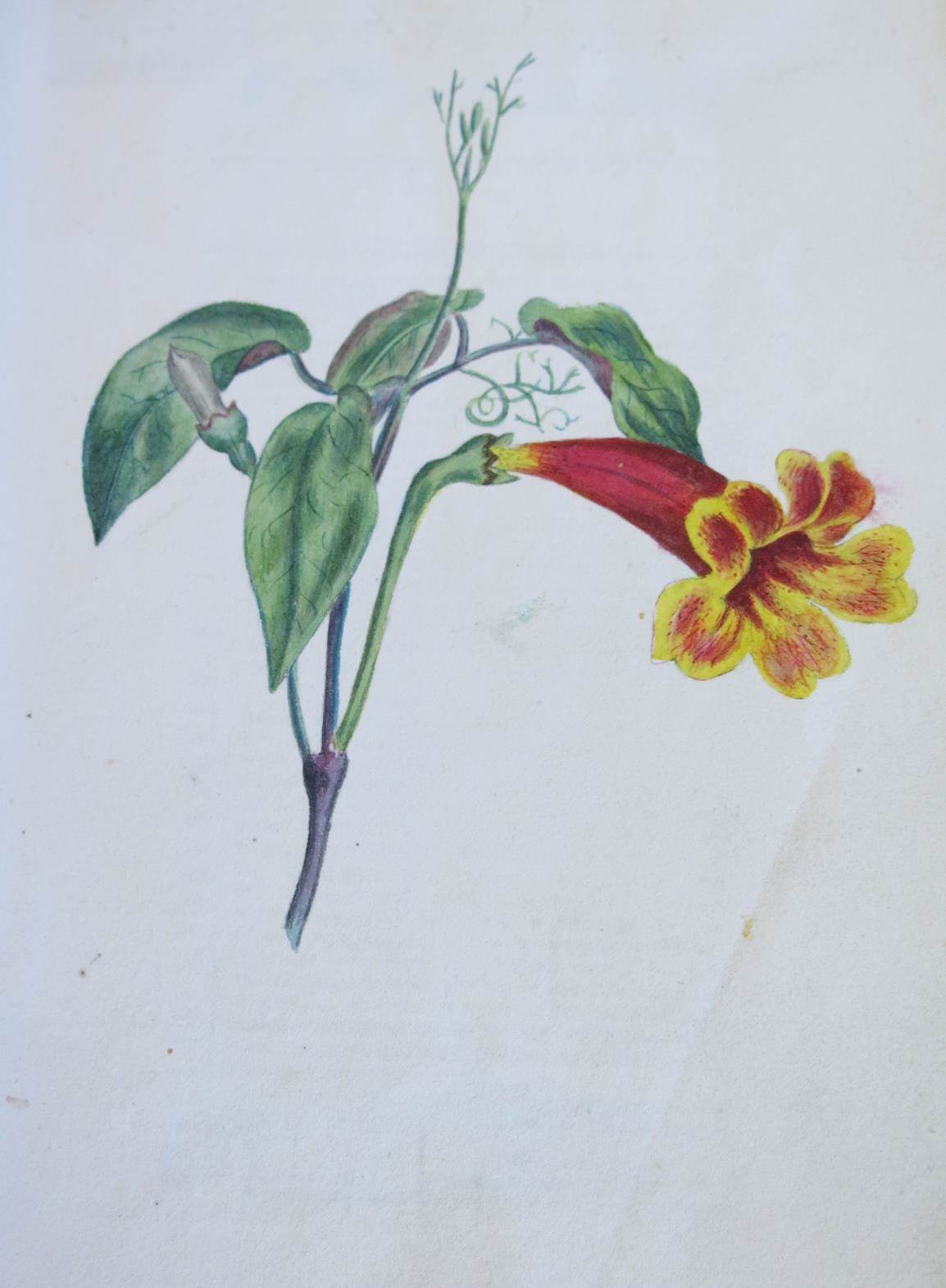
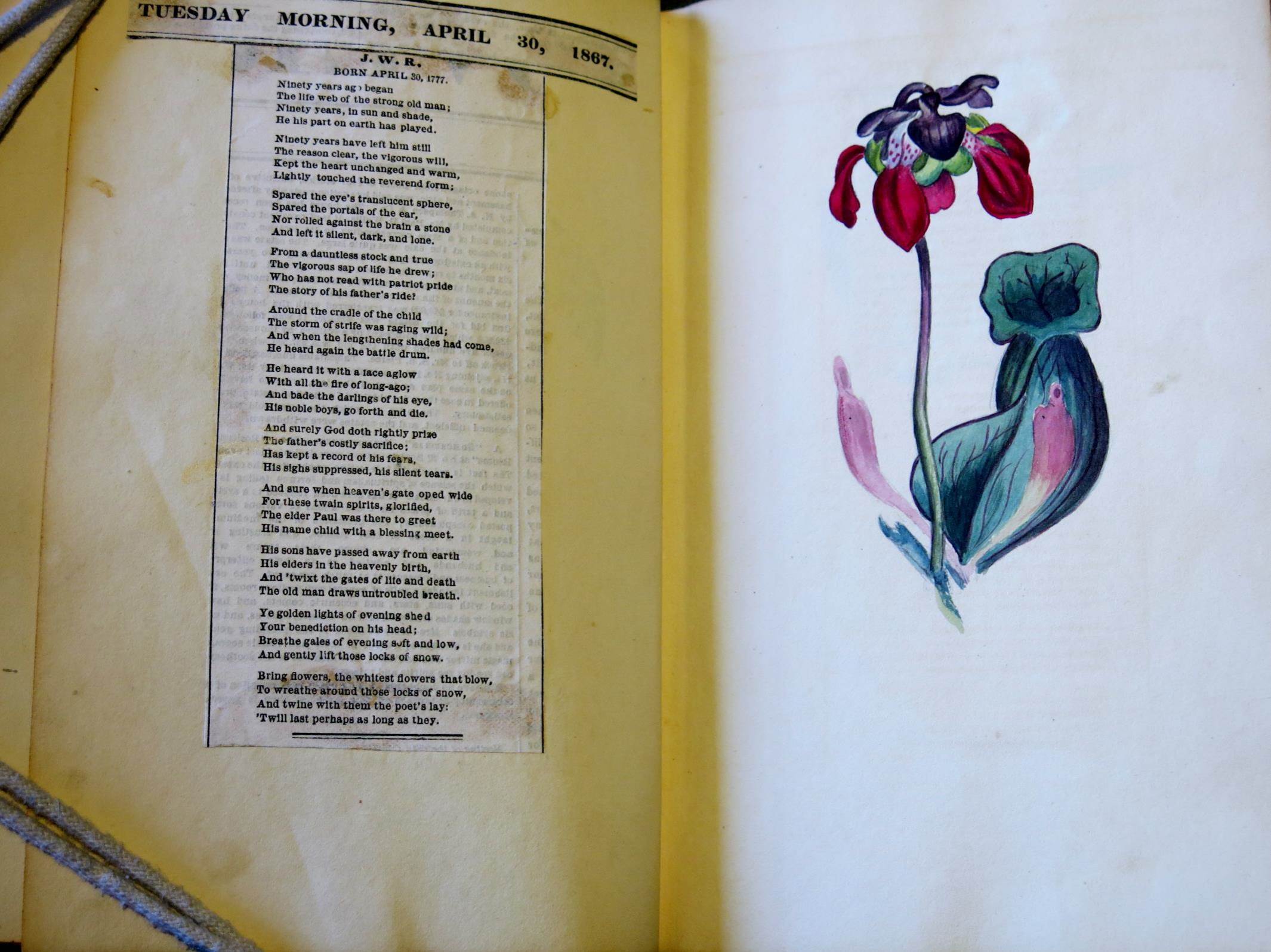

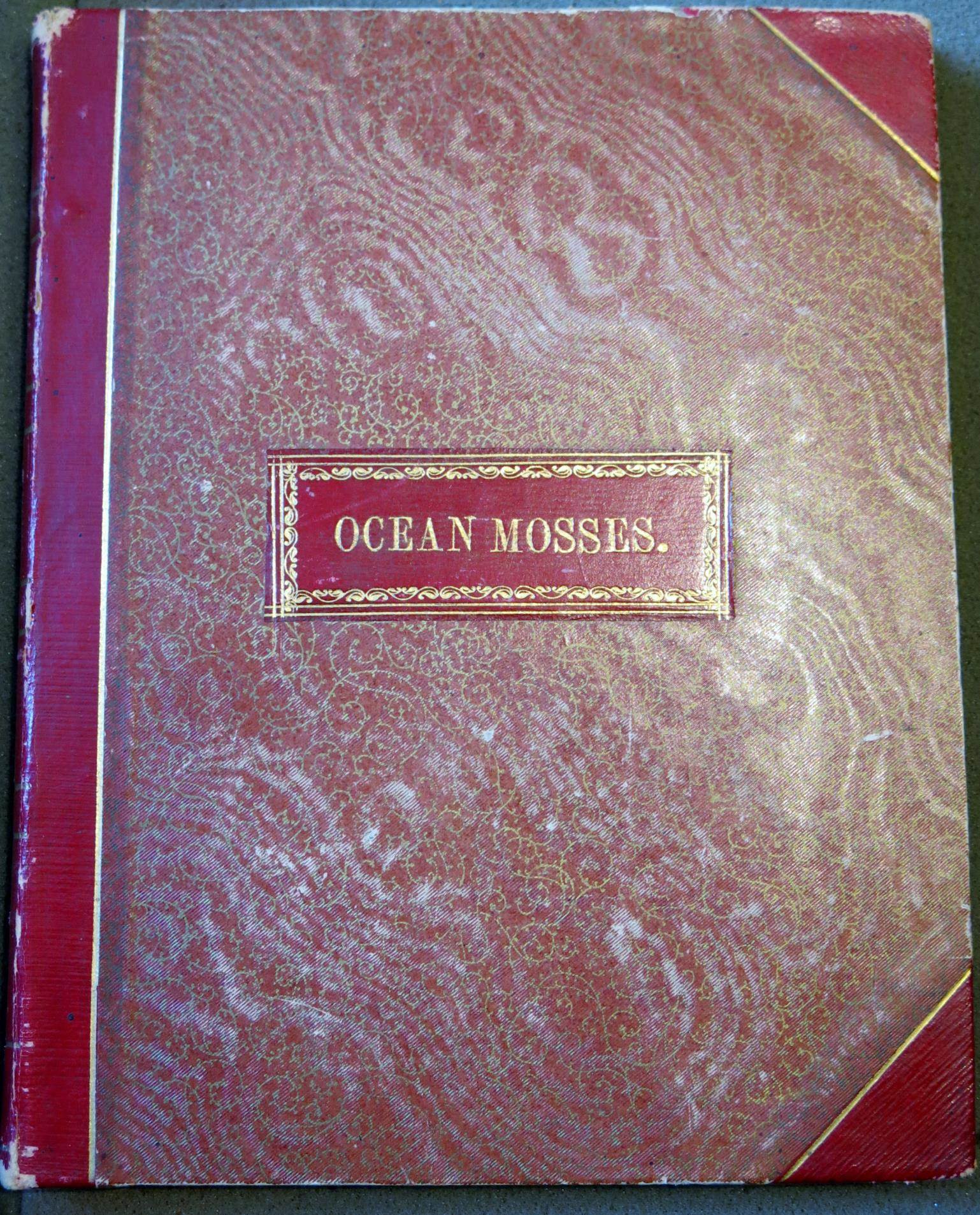
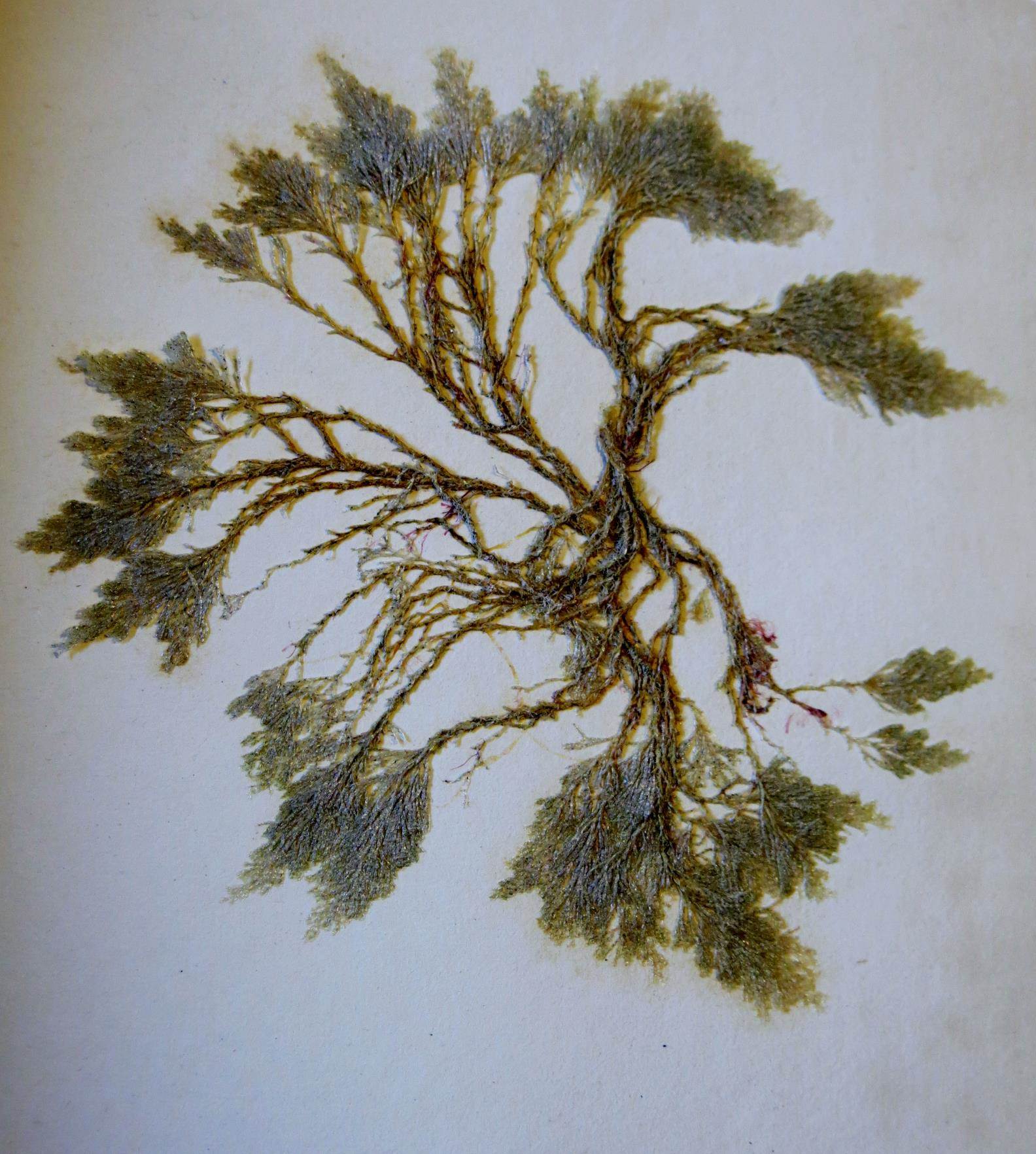
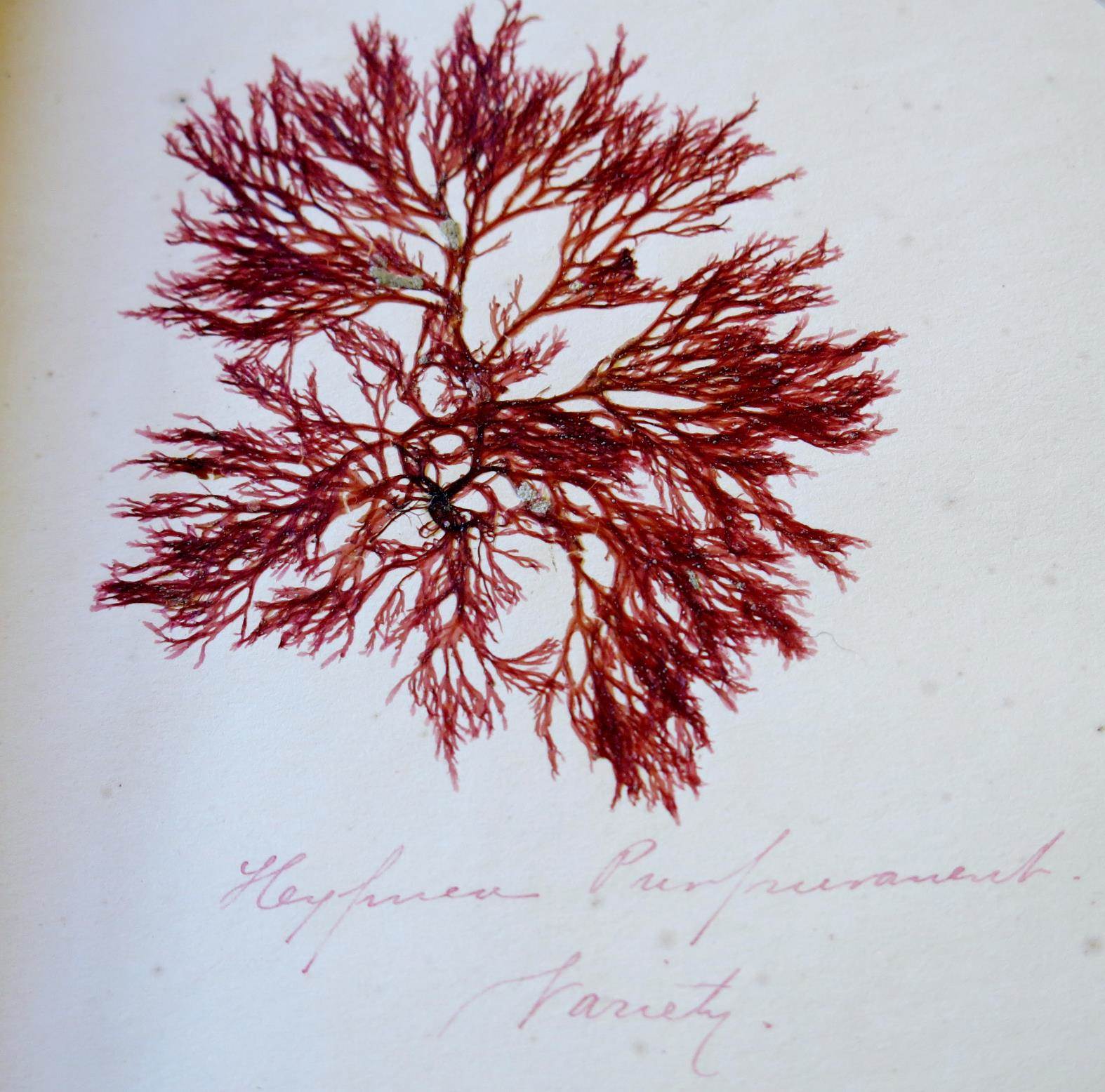
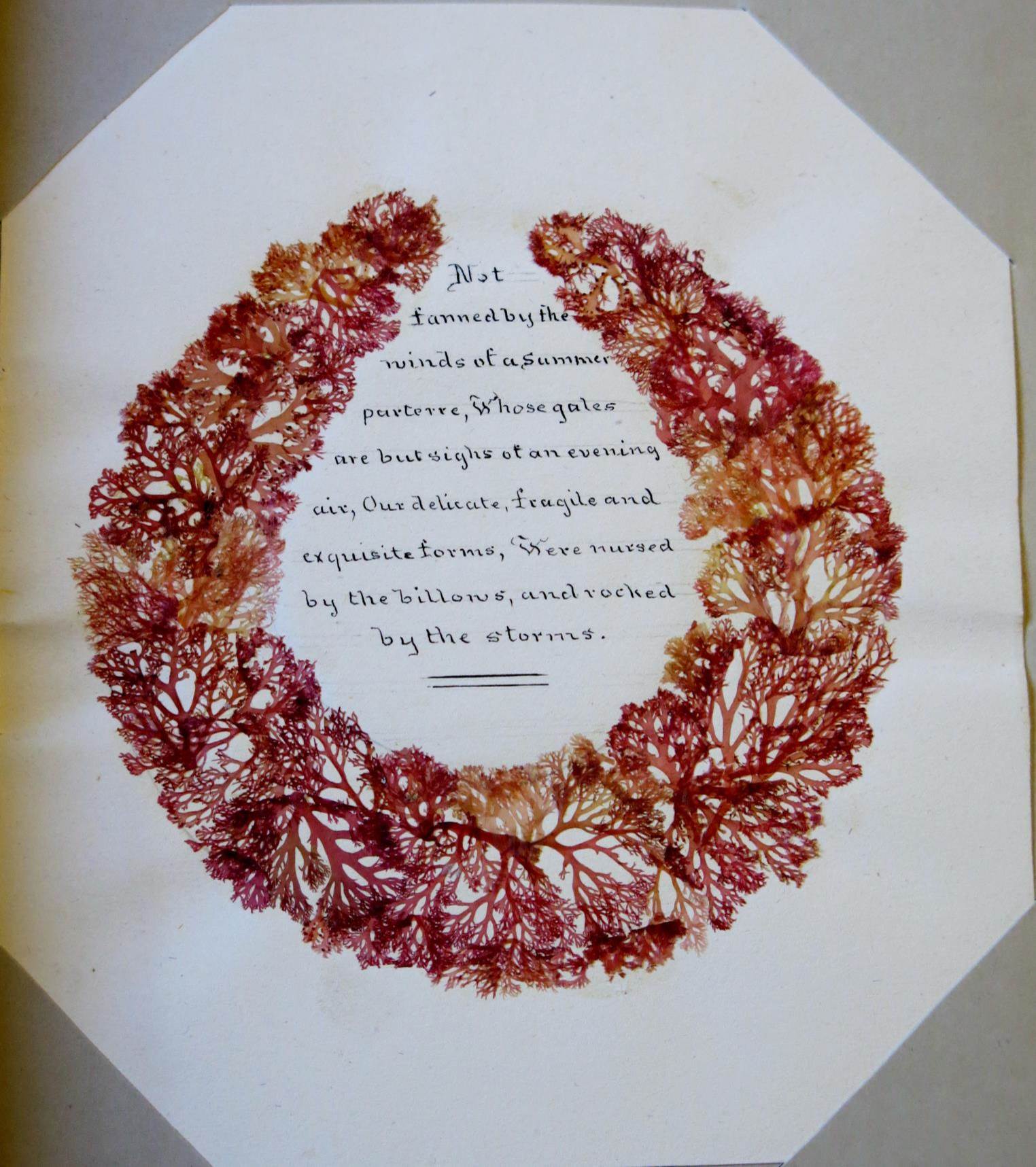
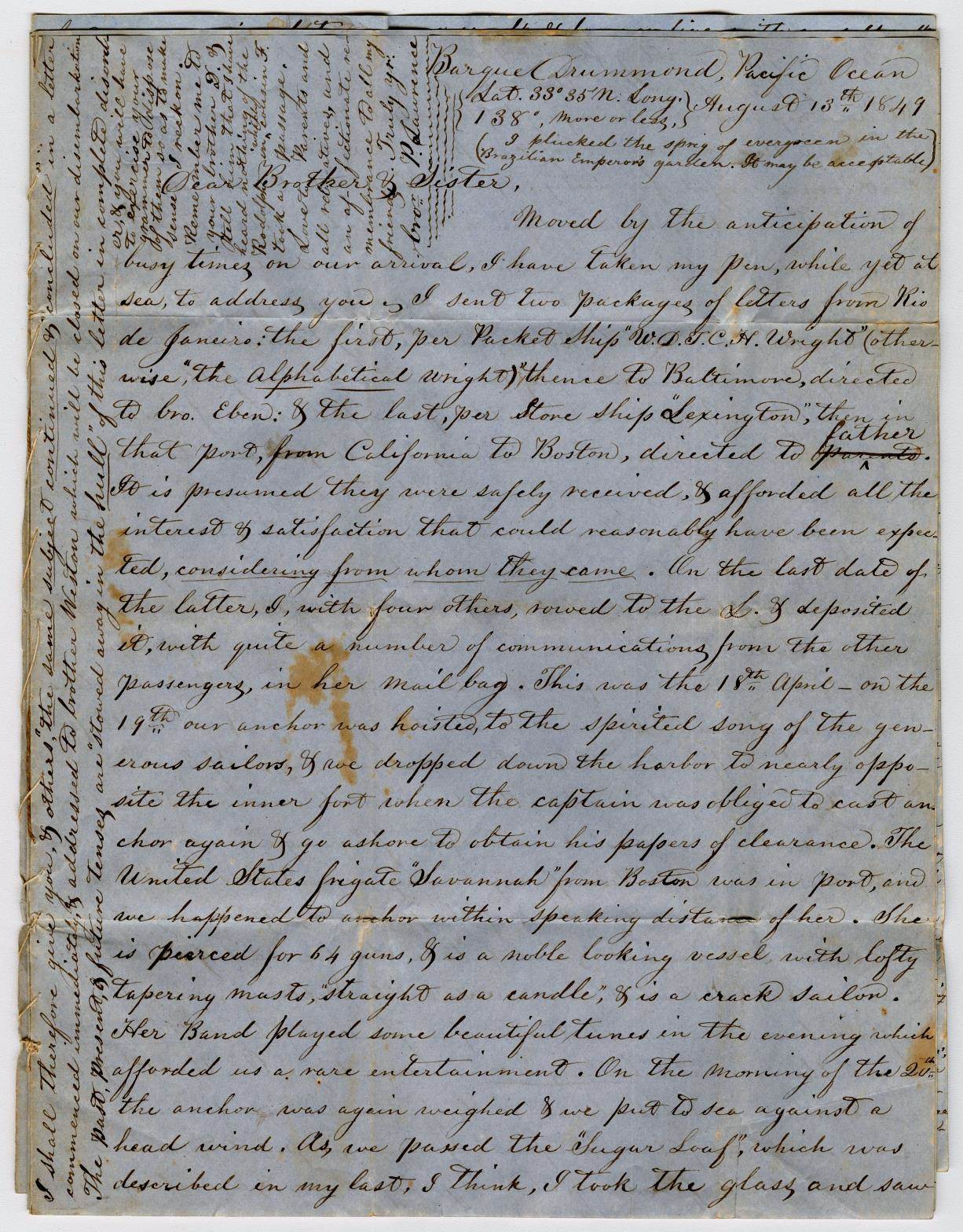
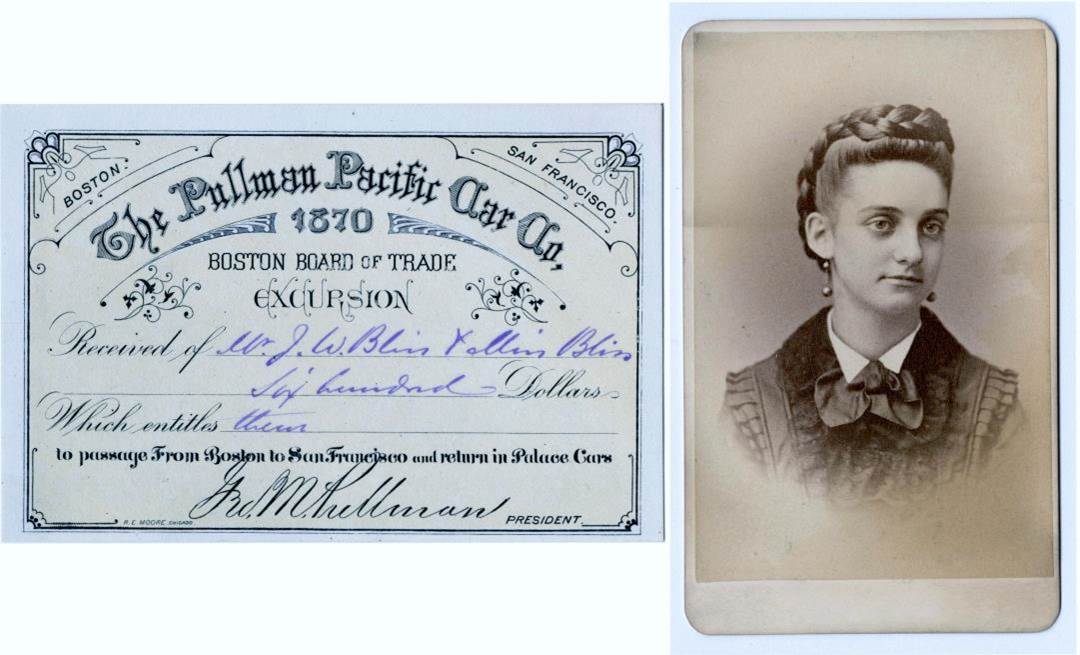
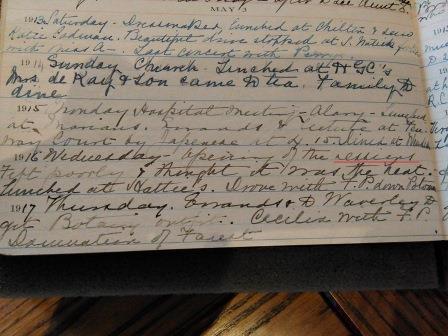
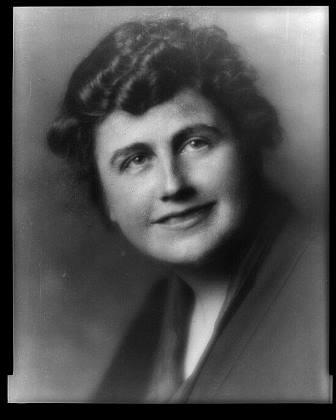
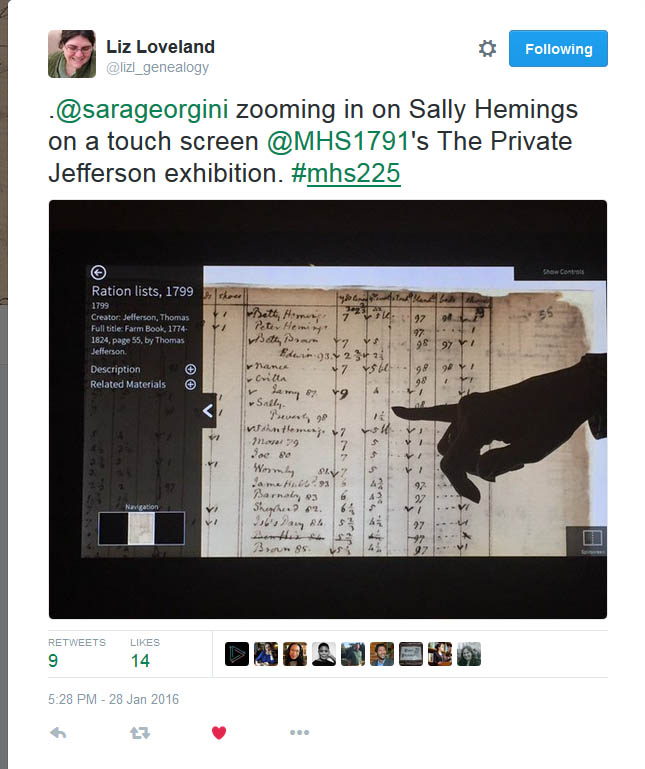 The digital content and the touch screens of various sizes–ranging from one large (65″) screen to two Dell All-in-Ones and one Microsoft Surface tablets–had to be physically incorporated into the exhibition. Gavin worked with exhibition designer Will Twombly and MHS’s Chris Coveney to ensure that the screens were accessible and functional in the gallery spaces.
The digital content and the touch screens of various sizes–ranging from one large (65″) screen to two Dell All-in-Ones and one Microsoft Surface tablets–had to be physically incorporated into the exhibition. Gavin worked with exhibition designer Will Twombly and MHS’s Chris Coveney to ensure that the screens were accessible and functional in the gallery spaces.